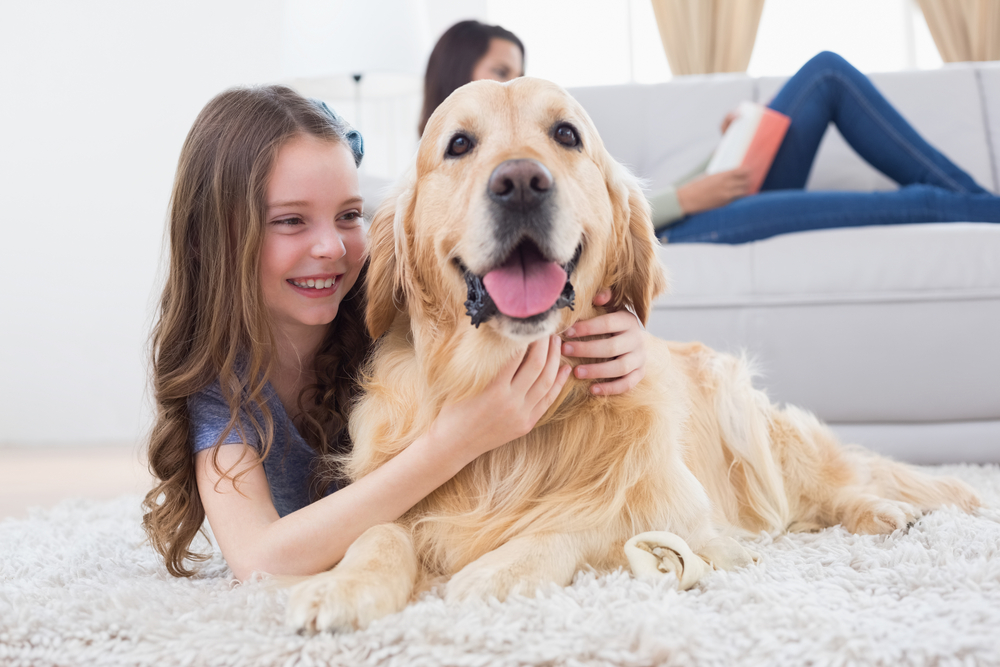Discover More About Your Four-Legged Friend
Others are reading now
Dogs are more than just loyal companions; they hold a world of fascinating traits and behaviors that many of us are completely unaware of.
Did you know, for instance, that your dog can feel jealousy, dream about their daily adventures, or even sense your emotions?
Let’s dive into some of the most surprising and interesting facts you may not know about man’s best friend.
Ready to learn more about your four-legged buddy? Keep reading!
Also read
Dogs Dream

Just like humans, dogs experience an active dream world during the REM phase of sleep.
While sleeping, they process experiences from their waking hours. Their dreams can involve playing, chasing, or interacting with other dogs and people.
When a dog twitches, whimpers, or moves during sleep, it’s often a sign they’re dreaming.
This behavior highlights just how much dogs share with us, even when it comes to their mental lives.
Dogs Feel Jealousy
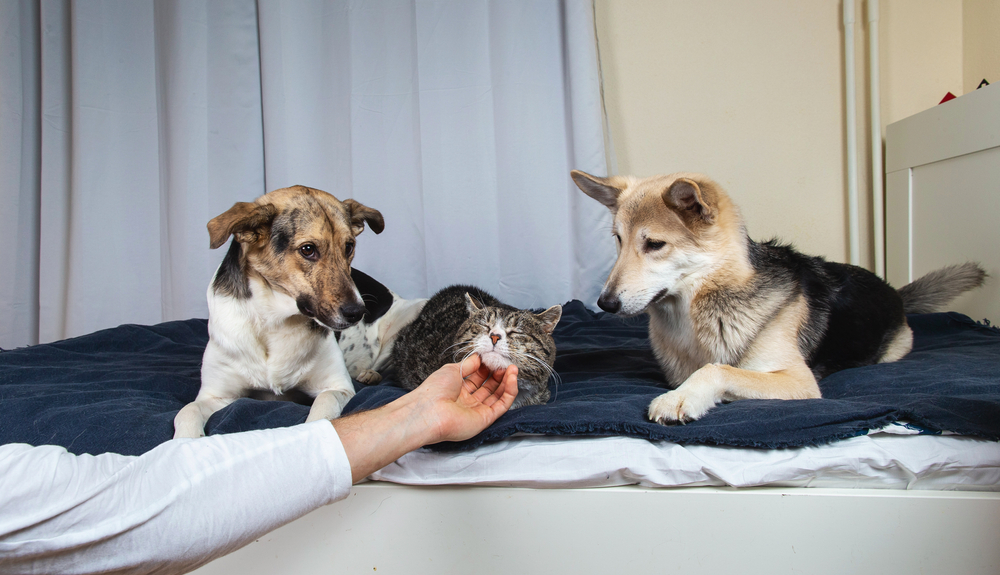
Dogs can experience jealousy when they notice another dog or person receiving more attention, food, or affection.
This often manifests in changes in behavior, such as ignoring the attention-grabber, becoming less active, or, in some cases, displaying more aggressive tendencies.
It underscores their strong emotional connection to their humans and their need for social bonds.
Dogs Sneeze to Signal Playfulness
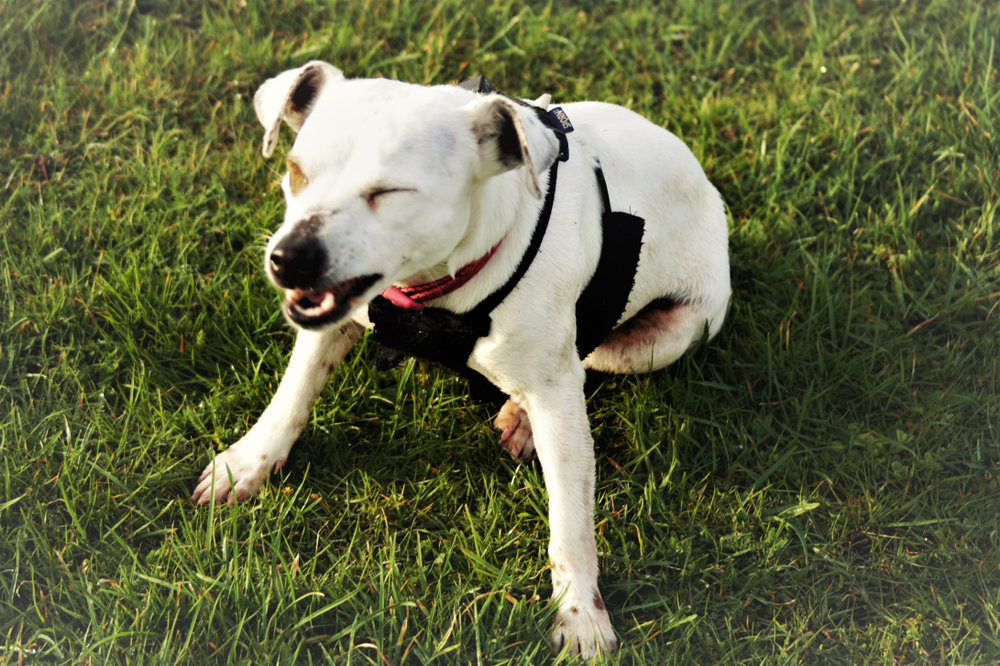
When dogs play, they may sneeze as a way of communicating that their intentions are not aggressive.
A sneeze acts like a “pause button,” signaling to the other dog or person that the play is friendly and harmless.
It’s a subtle but significant part of their body language and social interaction.
Dogs Sweat Only Through Their Paws

Unlike humans, who have sweat glands all over their bodies, dogs sweat exclusively through their paw pads.
Since their bodies are covered in fur, sweating isn’t an efficient way for them to regulate body temperature.
Instead, they rely primarily on panting to cool down, with the small sweat glands in their paws playing a minimal role.
Dogs Are as Smart as a Two-Year-Old Child
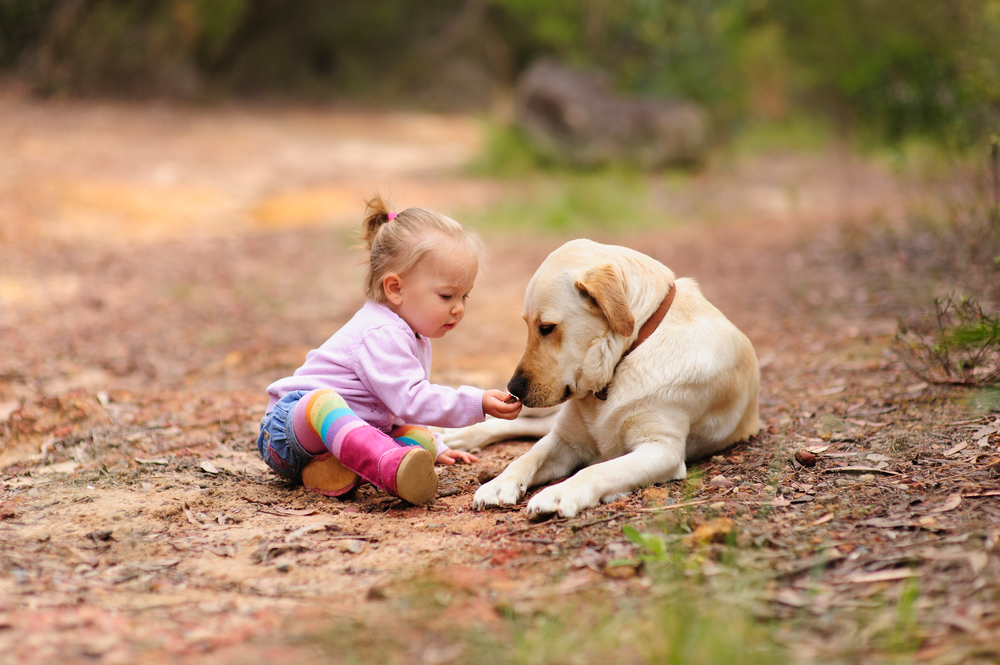
Research has shown that dogs possess cognitive abilities comparable to those of a two-year-old child.
They can learn up to 165 words and understand basic commands and logic.
This enables them to communicate remarkably well with their owners, showcasing how closely their intelligence aligns with ours.
Dogs Don’t Feel Guilt

Although dogs often appear “guilty” after doing something wrong, this is merely a response to their owner’s body language and tone of voice.
The “guilty look” is an effort to appease their owner by showing submissiveness.
Guilt, as a complex emotion, is beyond a dog’s emotional capacity.
Dogs Use Their Whiskers to Navigate in the Dark
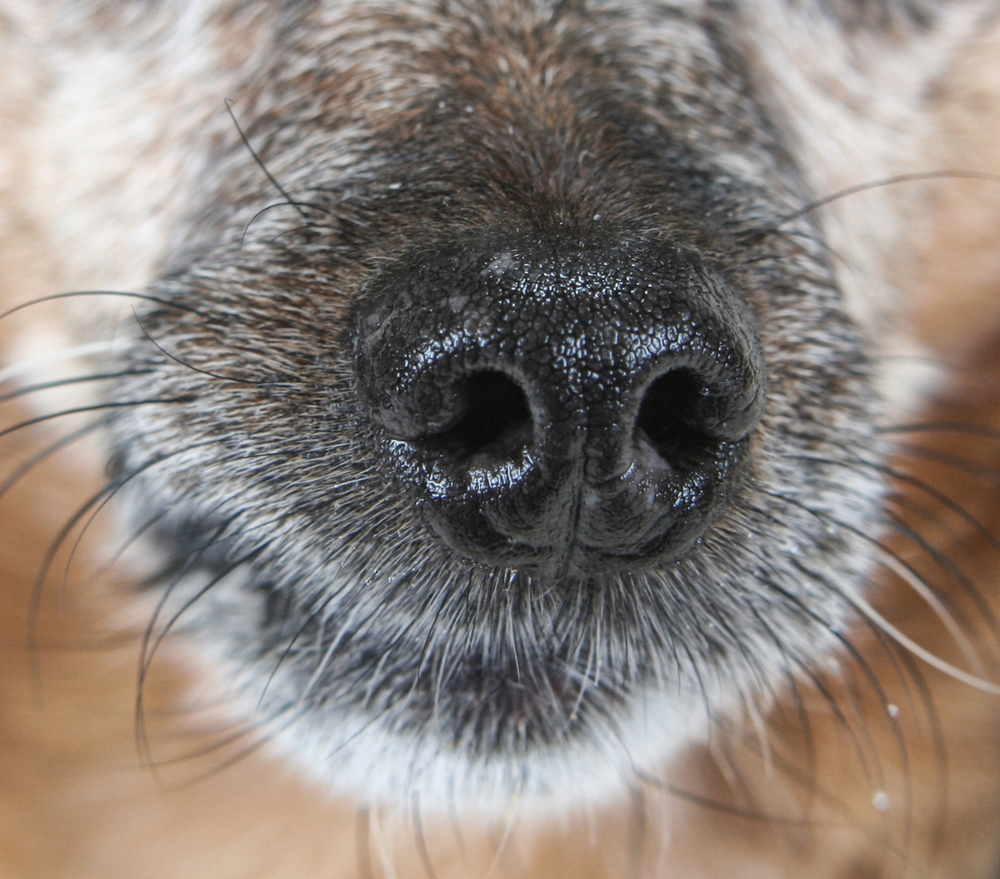
Whiskers are much more than a cute feature; they’re sensitive sensors that help dogs understand their surroundings.
Whiskers detect subtle changes in air currents and the proximity of objects, allowing dogs to move safely, even in darkness or tight spaces.
Dogs Can Sense Your Emotions

Dogs have an incredible ability to pick up on human emotions.
They can detect changes in your body language, tone of voice, and even your scent, which reveals stress, happiness, or fear.
This makes them empathetic companions who often provide comfort when their owners are upset.
Dogs Aren’t Colorblind
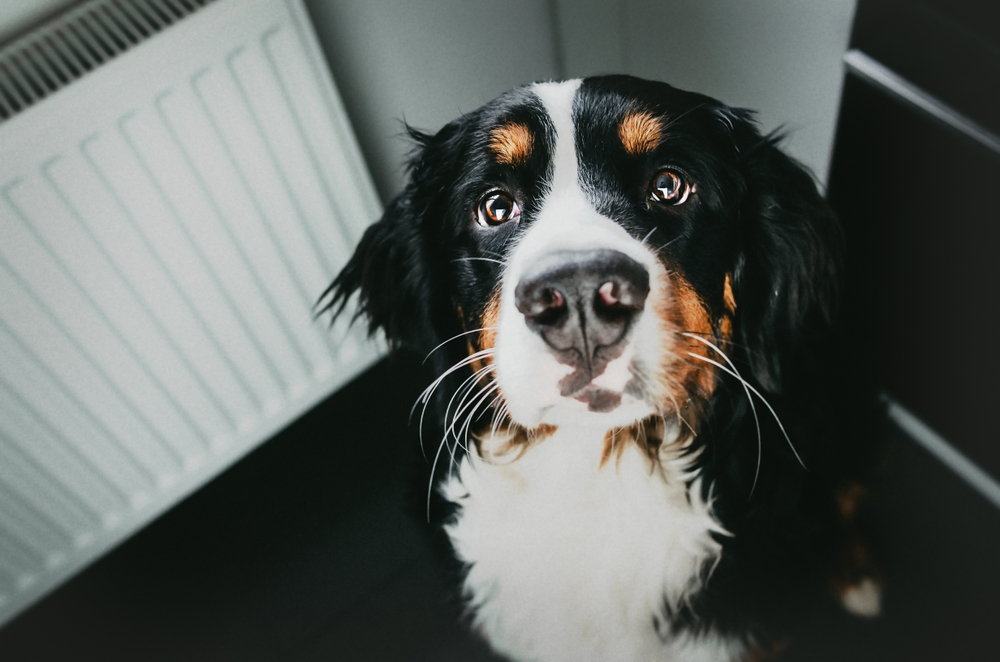
Contrary to popular belief, dogs can see colors, though their color spectrum is more limited than ours.
They have two types of color receptors, which allow them to see shades of blue and yellow.
This unique vision helps them navigate their environment in a way suited to their needs.
No Two Dog Noses Are Alike
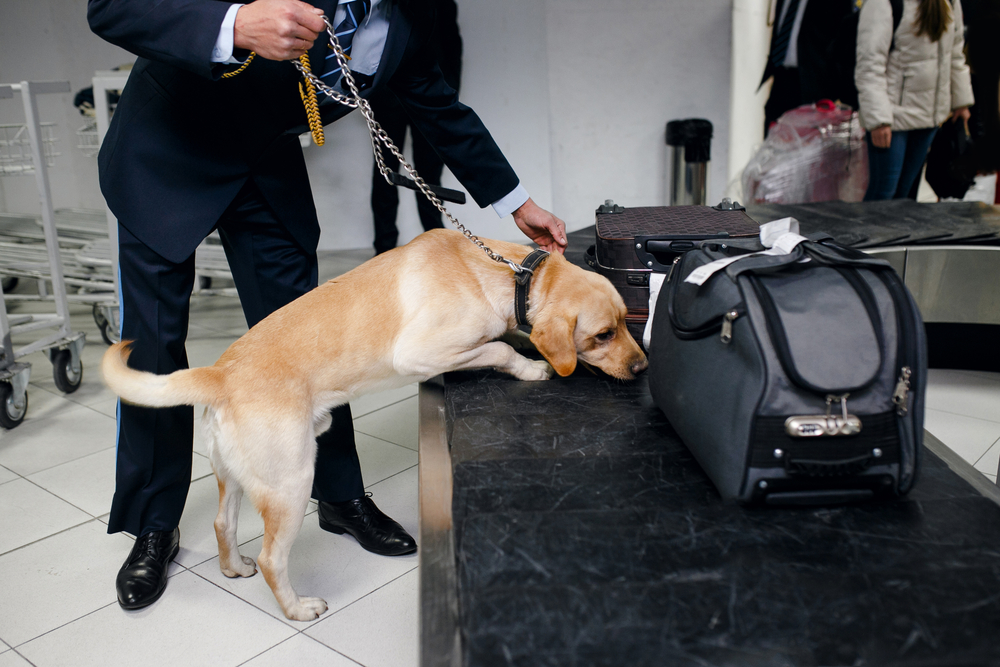
Just like human fingerprints, a dog’s nose pattern is unique.
The intricate lines and textures on a dog’s nose create a one-of-a-kind pattern that can be used for identification.
It’s yet another fascinating example of how every dog is truly one of a kind.
Dogs Can Be Left- or Right-Pawed
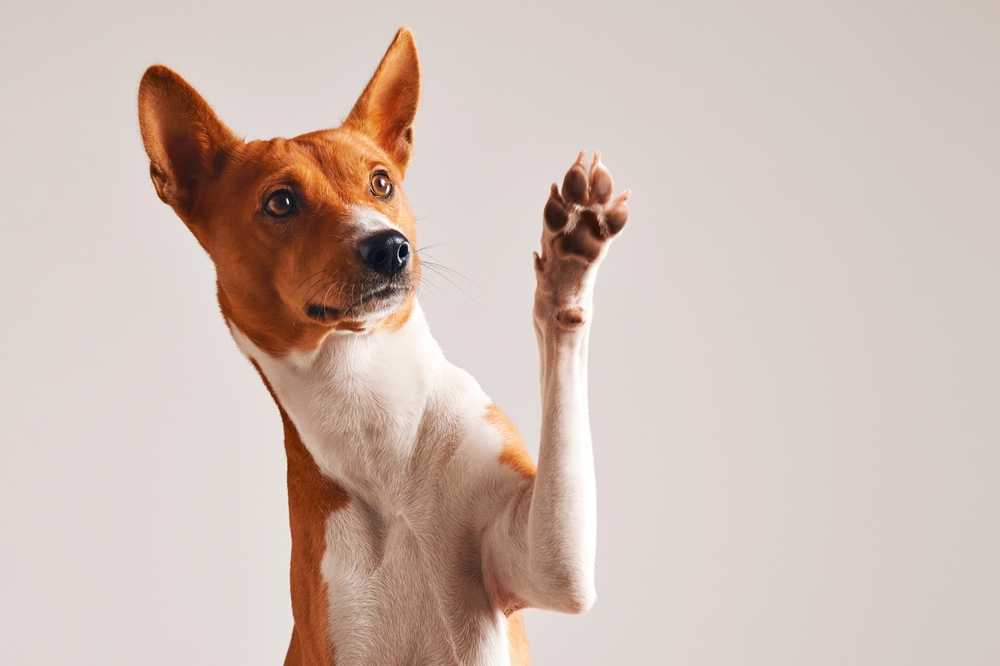
Like humans, dogs can show a preference for one side over the other.
Some dogs favor their right or left paw when performing tasks such as digging or playing.
This individual preference is an interesting aspect of their behavior.
Dogs’ Wet Noses Enhance Their Sense of Smell
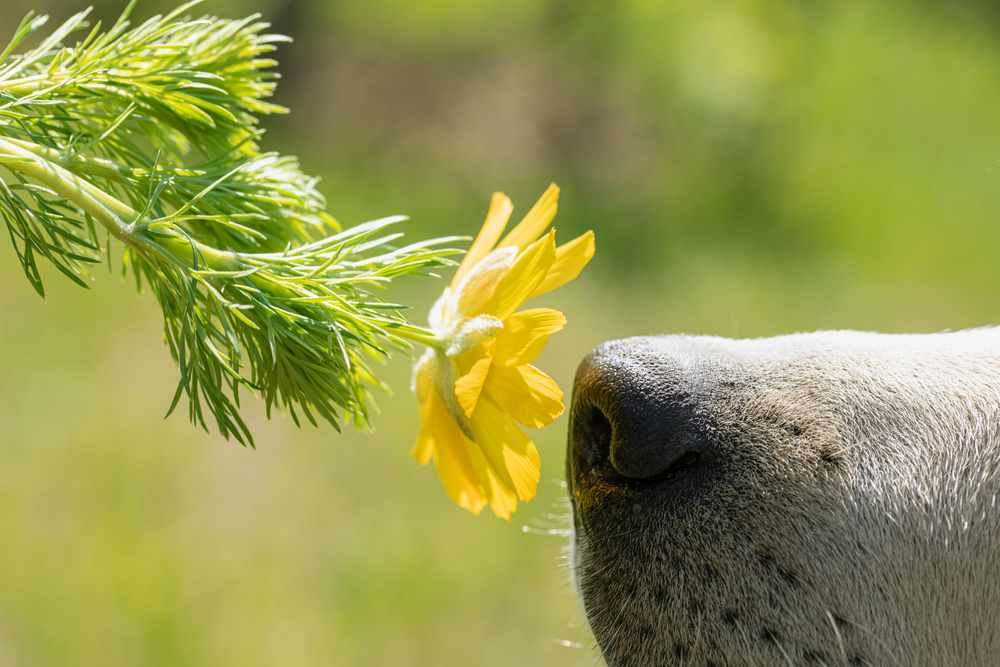
A dog’s wet nose plays a vital role in absorbing scent particles, boosting their already incredible sense of smell.
This feature allows them to detect even the faintest odors.
Additionally, the wet surface helps regulate their body temperature.
Dogs Can Extend Your Lifespan

Owning a dog comes with numerous health benefits.
It can lower blood pressure, reduce stress, and boost the production of happiness hormones like oxytocin and serotonin.
Plus, dogs encourage their owners to stay active, which contributes to better physical and mental health, potentially adding years to your life.
Dogs Can Fall in Love
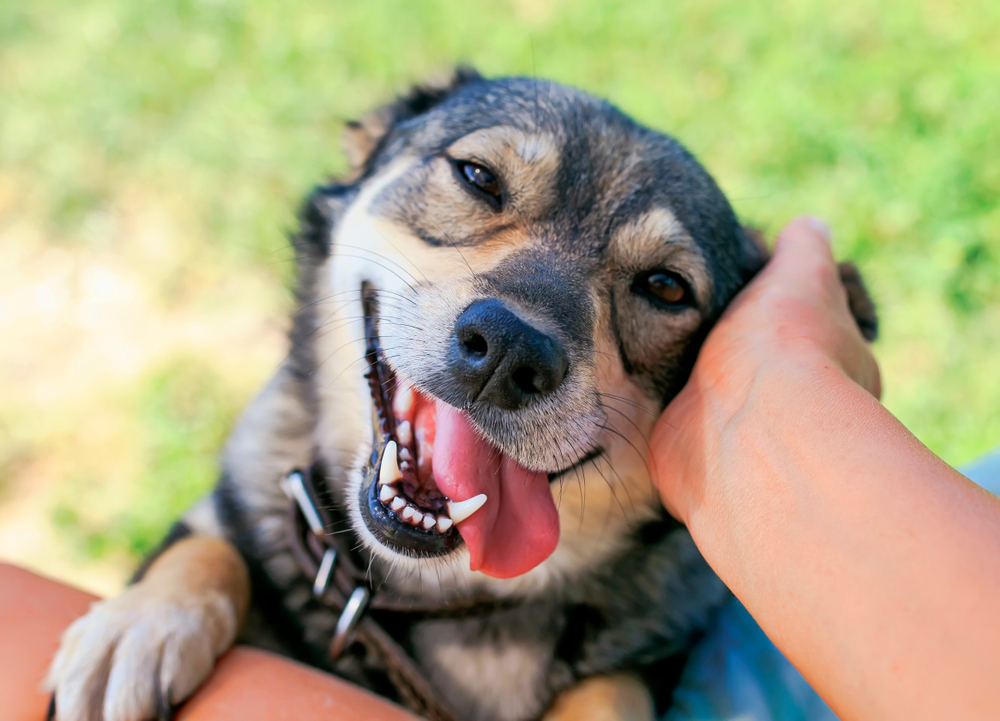
When dogs and their owners look into each other’s eyes, oxytocin—often called the love hormone—is released in both their systems.
This strengthens the bond between dog and owner, creating an emotional connection comparable to love in humans.
It’s one of the many reasons dogs are considered man’s best friend.

